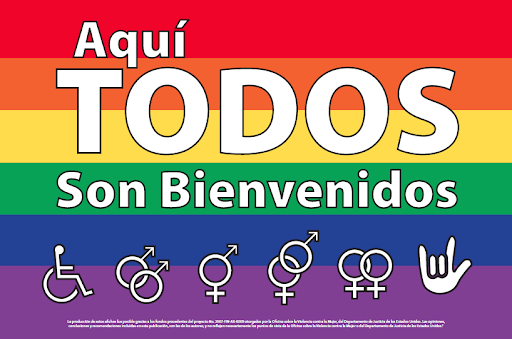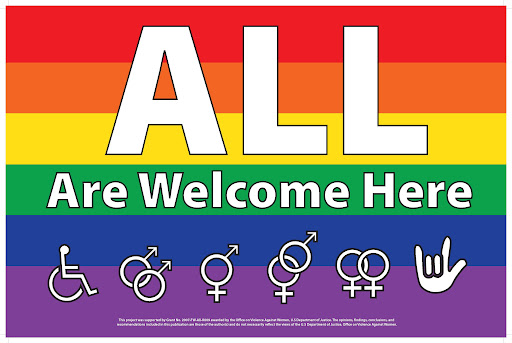Bullying
Bullying is defined as unwanted, aggressive behavior that involves a real or perceived power imbalance and is repeated, or can be repeated, over time.
While bullying is generally seen among school-aged children, activities such as making threats, spreading rumors, attacking someone verbally or physically, and intentionally excluding someone from a group on purpose is seen in both school-age children and adults.
Bullying takes on a variety of forms, including:
Verbal (saying or writing mean things, teasing, name-calling, taunting, making inappropriate sexual comments or threatening to cause harm)
Physical (hitting, kicking, pinching, tripping, pushing or spitting on someone, taking and/or breaking someone’s personal items, making mean or rude hand gestures to someone)
Social (leaving someone out on purpose, spreading rumors about someone, embarrassing someone in public, telling others not to be friends with someone.
Those who are bullied are more likely to experience negative physical and mental health issues such as depression (or anxiety), increased feelings of sadness or loneliness, changes in sleep and eating patterns and other health-related complaints. They may also lose interest in activities they once enjoyed and be less productive, whether in school or in the workplace.
Bullies are also candidates for negative behaviors, including alcohol and/or drug abuse, being abusive toward family members or loved ones, engaging in fights or vandalizing property, and other negative behaviors.
Bullying can also take place on the internet via smart phones, tablets and the Internet. Better known as “cyberbullying,” the act of sending, posting or sharing content about someone that is negative, false, mean or harmful can cause embarrassment or humiliation and, in some instances, be considered unlawful or criminal.
Cyberbullying happens frequently on social media mobile apps and other online websites. Cyberbullying can also happen through e-mail, text messaging and instant message through many of the mobile apps listed above, as well as other e-mail provider services.
Examples of cyberbullying include:
- Creating a fake web page about an individual or creating a fake identity to solicit information from an individual to use against them at a later time
- Posting photos or video in an effort to mock or post hurtful messages an individual
- Threatening someone online or telling them to kill themselves
- Posting mean or hurtful rumors about someone on social media
- “Doxing,” the act of threatening to destroy an individual’s privacy through the posting of personal information such as phone numbers, credit card information, Social Security numbers, phone numbers or other private data.
Parents should keep a close watch on their kids’ usage of social media, smart phones and other online interaction. Our children are generally ahead of the curve when it comes to new apps, programs and social media platforms, so it is a good idea to have a discussion with your kids on how you expect them to conduct themselves online and be aware of what others are doing in their online interactions with your kids.
Suggestions for keeping your children safe from cyberbullies (as well as being cyberbullies themselves) include:
- Establish rules about appropriate digital/online behavior. How they conduct themselves online can have a long-ranging impact, including consideration for future employment, college scholarships, etc.
- Stay up to date on the latest social media platforms, mobile apps and digital slang used by children and teens online.
- Have access to your child’s usernmaes and passwords for all their online connections, from e-mail to the social media sites they generally use.
- Monitor their social media sites, apps and browsing history, especially if you are concerned that cyberbullying may be taking place.
- Follow your child online on social media sites they use, or ask a trusted adult to follow them and report any potential issues they may see.




